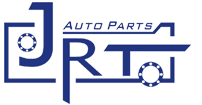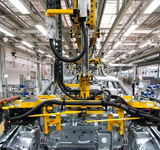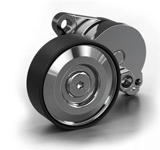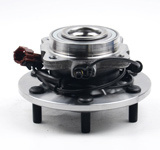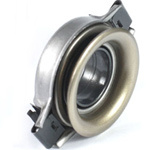The return spring causes the shoulder of the release bearing to always resist the release fork and retreat to the final position.
Release time:
Jun 07,2024
The clutch release bearing is installed between the clutch and the transmission. The release bearing seat is loosely sleeved on the tubular extension of the first shaft bearing cover of the transmission. The return spring causes the shoulder of the release bearing to always resist the release fork and retreat to the final position. , and keep a gap of about 3~4mm with the end of the separation lever (separation finger).
Since the clutch pressure plate and separation lever operate synchronously with the engine crankshaft, and the separation fork can only move axially along the clutch output shaft, it is obviously not possible to directly use the separation fork to move the separation lever. The separation lever can be rotated through the release bearing. The clutch output shaft moves axially, thus ensuring smooth clutch engagement and gentle separation, reducing wear and extending the service life of the clutch and the entire drive train.





